

Ethnographic Museum of Rwanda
Belgium's Gift to Rwanda: The Ethnographic Museum
Delve into the heart of Rwanda's rich culture at the Ethnographic Museum, a significant present from King Badouin of Belgium in the late 1980s. Today, it proudly houses one of Africa's most prestigious ethnographic collections, unfolding a story that resonates deeply with the rhythm of Rwandan life.
Boasting seven galleries, the museum stages a spectacular display of historical, ethnographic, artistic and archaeological artefacts, each accompanied by illustrative visuals. The journey through the museum begins with geographical and geological exhibitions, gradually transitioning into displays of tools used in hunting, agriculture, animal husbandry, pottery, weaving, and woodwork.
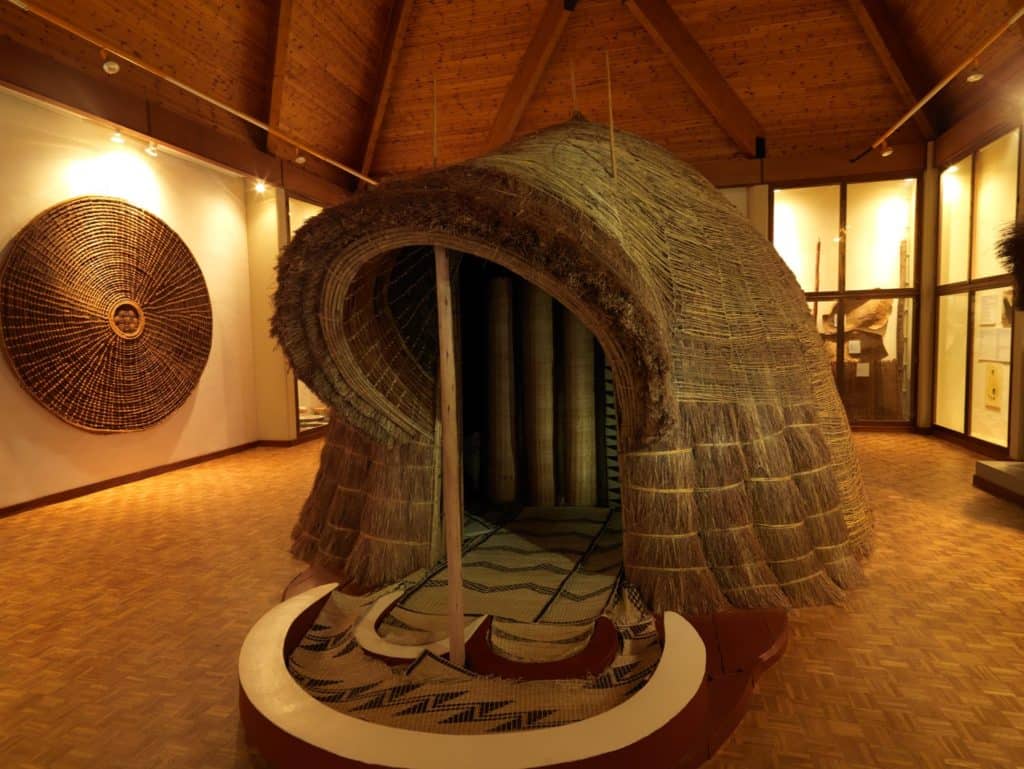
The museum also offers a glimpse into traditional attire and architectural techniques, underscoring the social significance of cattle in Rwandan society. In fact, the descendants of the royal herd can still be seen at the King’s Palace in nearby Nyanza. The final room unravels the threads of Rwandan customs, beliefs, history, culture, poetry, oral tradition and cosmology, offering visitors an immersive exploration of this remarkable civilization.
The Ethnographic Museum also houses a highly-regarded craft centre, shining a spotlight on Rwanda's vibrant artisanal traditions. Built with the support of the Belgian government, the museum first opened its doors in 1989. It stands as a testament to the cultural history of Rwanda and the region, yet it also bears the heavy weight of tragedy, known as the site of the murder of Queen Dowager Rosalie Gicanda and several others during the Rwandan Genocide.
Often referred to simply as the Butare Museum, it stands as the largest and most significant museum in Rwanda. Nestled in Butare, a mere 35 kilometres from Kigali's city centre, it stands as a beacon for those seeking to understand Rwanda's history and geopolitics.
Location
Contact Information
Contact Listings Owner Form
Ethnographic Museum of Rwanda 0 reviews
Write Your ReviewThere are no reviews yet.

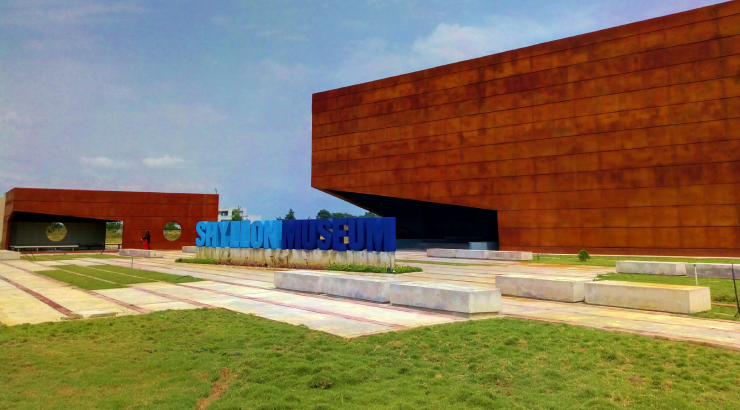

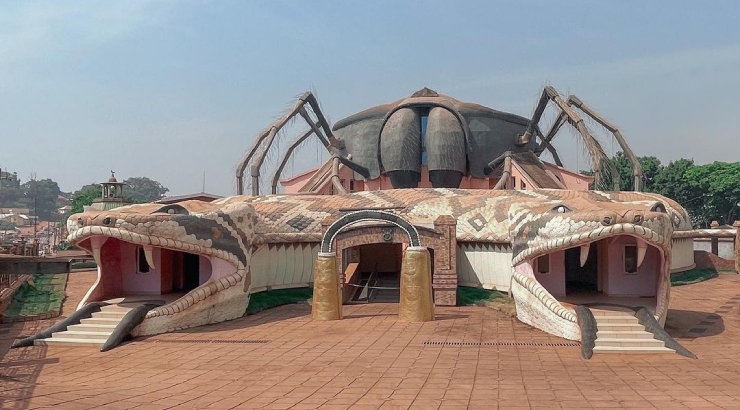
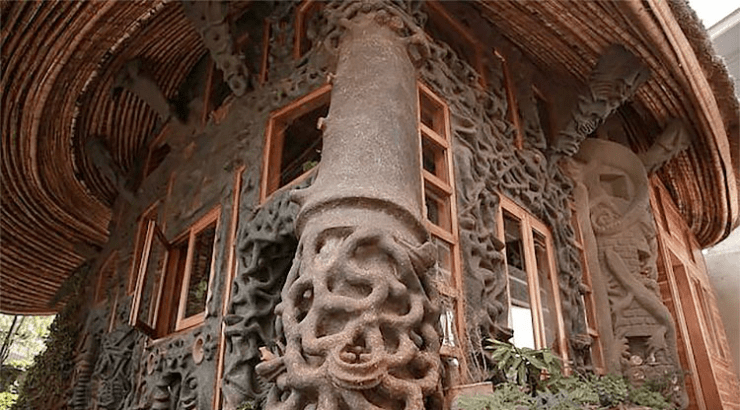


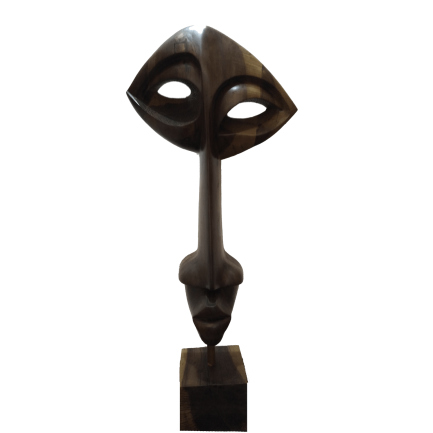
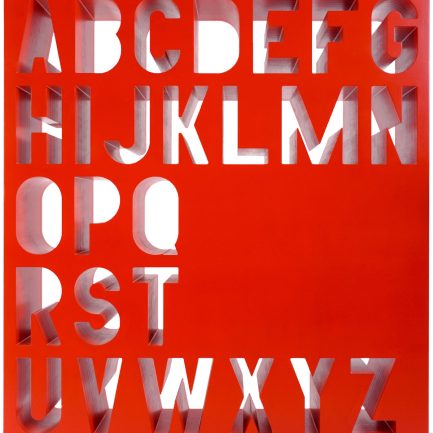
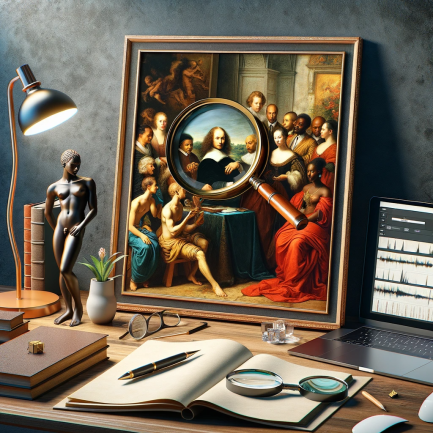

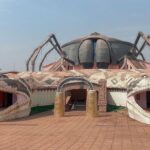
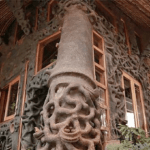

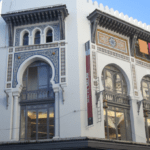
 No products in the basket.
No products in the basket.